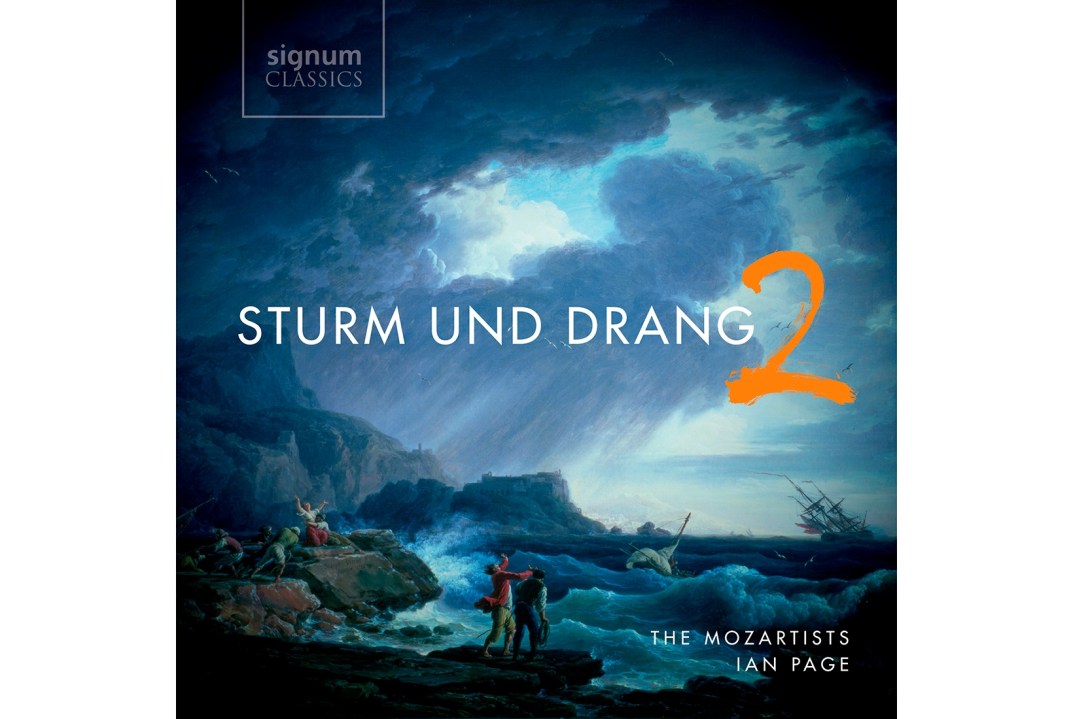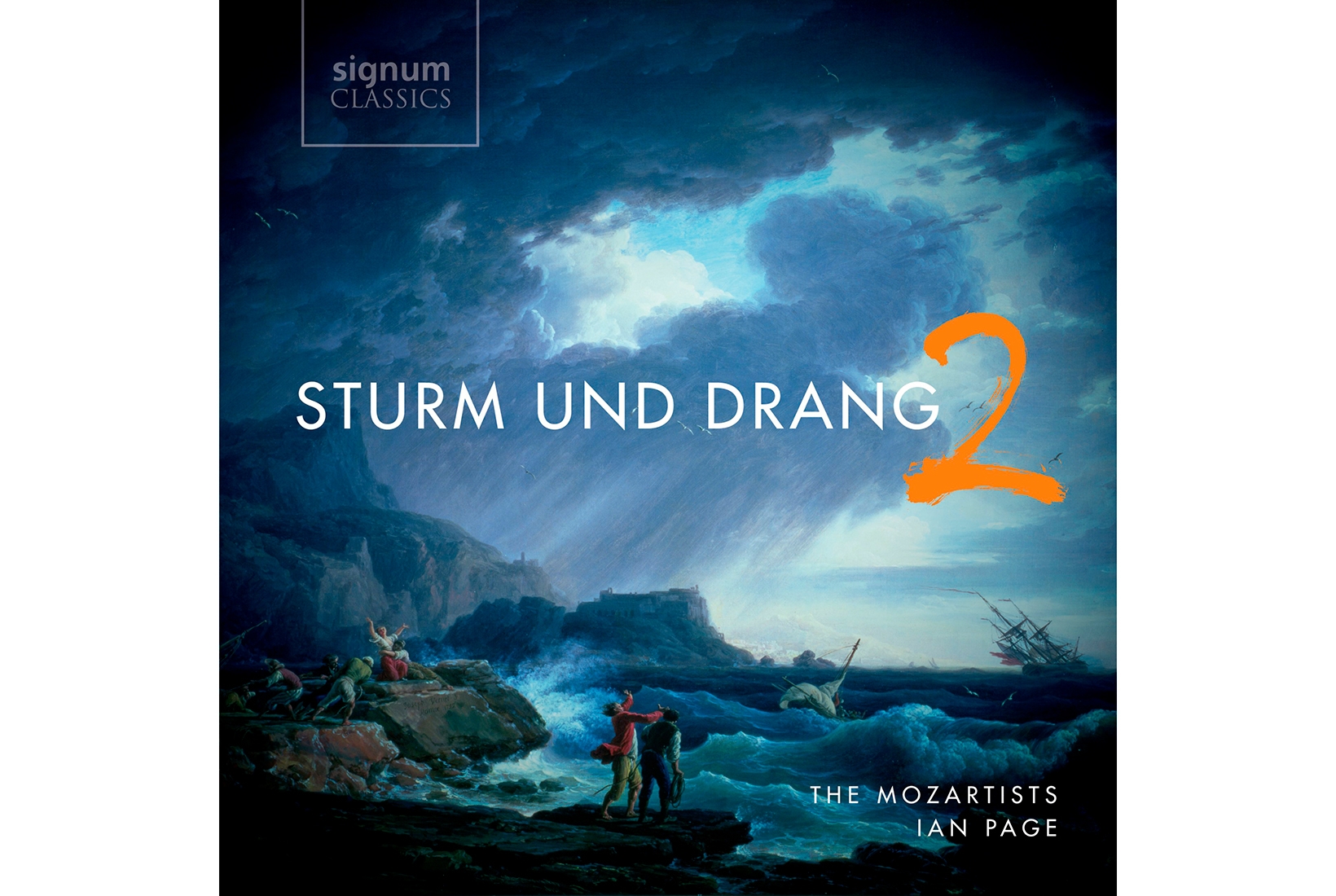There are worse fates than posthumous obscurity. When Mozart visited Munich in October 1777, he was initially reluctant to visit his friend, the Bohemian composer Josef Myslivecek. Myslivecek was in hospital, undergoing treatment (as he told it) for a facial cancer brought on by a recent coach accident. But this being the 18th century, and Myslivecek having a reputation as a gallant, Mozart suspected venereal disease. When he finally appeared at Myslivecek’s bedside, he was appalled by what he saw: ‘The surgeon, that ass, has burned off his nose! Imagine the agony he must have suffered.’ Within four years, the luckless — and noseless — Myslivecek had died in poverty, aged 43. His music effectively died with him.
Well, he’s back again, on a recording by the British period-instrument ensemble the Mozartists that contains no Mozart, but does feature several composers who are now remembered principally as footnotes in Mozart’s biography. Myslivecek’s there, naturally, and Johann Wanhal — best known as the cellist in a celebrity super-quartet that convened in Vienna for one night in 1784 with Mozart on viola and Haydn playing first violin. There’s also a symphony by Johann Christian Bach: the ‘English Bach’, buried at St Pancras, whose great friend the castrato Tenducci was rumoured to have fathered a child years after the snip. Being triorchic, Tenducci carried a fully functional reserve gonad internally — or so he told Casanova, anyway.
The effect is like having your face licked by an over-affectionate pug
Anyhow, Sturm und Drang 2 is the title of the disc — the second of seven proposed recordings devoted to the fashion for emotional turbulence that, according to the conductor Ian Page, ‘swept through music and other art forms between the 1760s and the 1780s’. Historically, it’s a slightly dubious concept. Much of the music that is now labelled ‘Sturm und Drang’ (‘Storm and Stress’ is the standard translation) actually predates the play by Maximilian Klinger, from 1776, that gave the trend its name. Certainly, no one seems to have used the term much before the 20th century. It’s a bit 1066 and All That: ‘One of the most romantic aspects of the Elizabethan age was the wave of beards which suddenly swept across History and settled upon all the great men of the period.’
In the case of ‘Sturm und Drang’, it was a wave of furious minor-key-symphonies, characterised by driving rhythms, extremes of volume and expanded horn sections looming like thunderclouds in the sonic middle-distance. The Mozartists go at this music with ferocious brio. The violin playing stings like a razor cut, and the woodwinds are just the right side of raucous — the oboes, in particular, crying out over torrential strings like seabirds riding a storm. Page wields his virtuoso ensemble like a rapier, with the full orchestra flashing downwards, hitting the bottom of a phrase and rebounding with a rhythmic verve that’s almost funky. The album cover shows an apocalyptic seascape with a blood-red number 2 slashed across it. Perhaps they should have gone full Meat Loaf and put the text in Gothic too.
For respite, try the debut disc by another period-instrument ensemble — the Geneva-based Camerata Rousseau, conducted by Leonardo Muzii. Pink clouds and blue Canaletto skies decorate the cover of this collection of concertos (plus a symphony) by the Bohemian cousins Jan and Leopold Kozeluch. The USP here is the terrific Italian bassoon soloist Sergio Azzolini, whose recent recording of Vivaldi’s complete bassoon concertos is rapidly becoming a minor cult. Azzolini’s warm sound and playful charisma bounces entertainingly off Jan Kozeluch’s high-classical swagger; the effect is like having your face licked by an over-affectionate pug.
The orchestral playing, meanwhile, has a wide grain, with woodwind and brass flaring out around the note — producing a tangy, gamey sound that registers on a modern ear as slightly off, but which might actually be closer (not that we can ever know) to what 18th-century listeners accepted as normal. It’s not a sound that you’d encounter on the London orchestral scene, where bulletproof accuracy — whether in film scores, Mahler, or 18th-century symphonies whose composers would neither have expected nor recognised it — is practically a religion. Anyone who believes that orchestras all sound the same these days simply hasn’t been listening — that’s one moral here.
The other? Listen to all this perfectly serviceable music by successful, well-connected composers and consider that Wanhal wrote at least another 130 symphonies, that J.C. Bach’s death in 1782 was reported across Europe, and that even poor pox-ridden Myslivecek composed and premièred some five full-length operas after losing his nose. Posterity is the toughest critic: barring recordings like these, probably 99.9 per cent of all the music ever written will end up unplayed and forgotten. Bear that in mind the next time someone tells you that the neglect of a particular composer must necessarily be down to some grand socio-political conspiracy.







Comments